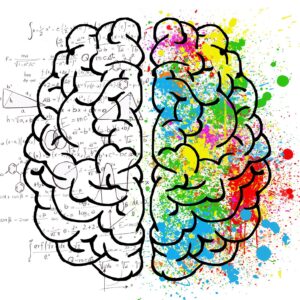Artificial intelligence (AI) has revolutionized the business landscape, allowing companies to automate processes, gain insights into consumer behavior, and improve operational efficiency. However, for small businesses, the decision to invest in AI technology can be daunting. The benefits of AI are clear, but the costs and complexity of implementation can be significant. This article aims to help small business owners determine whether AI is the right fit for their company.
Benefits of AI for Small Businesses
AI can provide significant benefits for small businesses, including:
- Increased Efficiency: AI-powered systems can automate routine tasks, freeing up valuable time for employees to focus on more complex and strategic projects.
- Improved Customer Service: AI-powered chatbots and virtual assistants can provide instant support to customers, improving response times and customer satisfaction.
- Enhanced Marketing: AI can analyze consumer data and provide insights that can help small businesses optimize their marketing strategies, target customers more effectively, and improve overall customer engagement.
- Better Decision Making: AI can process large volumes of data, providing valuable insights that can inform business decisions, improve forecasting, and identify potential opportunities and threats.
Drawbacks of AI for Small Businesses
Despite the potential benefits, there are also some drawbacks to consider when deciding whether AI is right for your small business, including:
- High Costs: The costs of implementing AI can be significant, particularly for small businesses with limited budgets.
- Technical Complexity: AI technology is complex and requires specialized expertise to implement and maintain. Small businesses may need to invest in additional resources or seek outside help to manage AI systems effectively.
- Data Security and Privacy Concerns: AI technology relies heavily on data, and small businesses must ensure that data is protected and compliant with regulations such as GDPR and CCPA.
- Ethical Concerns: AI can raise ethical concerns, particularly around issues such as bias, privacy, and transparency. Small businesses must be mindful of these issues and work to mitigate potential risks.
Assessing Whether AI is Right for Your Small Business
To determine whether AI is right for your small business, you should consider the following factors:
- Business Goals: Start by identifying your business goals and determining whether AI can help you achieve them. For example, if you want to improve customer service, an AI-powered chatbot could be a valuable tool.
- Resource Availability: Consider the resources you have available to invest in AI. Do you have the budget and technical expertise to implement and maintain AI systems effectively? If not, you may need to explore alternative solutions or seek outside help.
- Data Availability: Assess the availability and quality of your data. AI relies heavily on data, so you must ensure that you have the necessary data available to power AI systems effectively.
- Regulatory Compliance: Consider any regulatory requirements that may impact the use of AI in your industry or location. For example, if you handle sensitive customer data, you may need to comply with GDPR or other data privacy regulations.
Real-World Examples of AI in Small Businesses
To illustrate how small businesses can benefit from AI, here are some real-world examples:
- Vantage Robotics, a small drone manufacturer, uses AI-powered cameras to capture high-quality aerial footage. The cameras are designed to track moving objects, making them ideal for sports and outdoor events.
- Mya Systems, a small HR tech company, uses AI-powered chatbots to automate the recruitment process. The chatbots can screen resumes, schedule interviews, and answer candidates’ questions, saving recruiters valuable time and improving the candidate experience.
- Guardhat, a small industrial safety company, uses AI-powered wearables to monitor worker safety in hazardous environments. The wearables can detect potential safety hazards and alert workers and supervisors in real-time, helping to prevent accidents and injuries.





